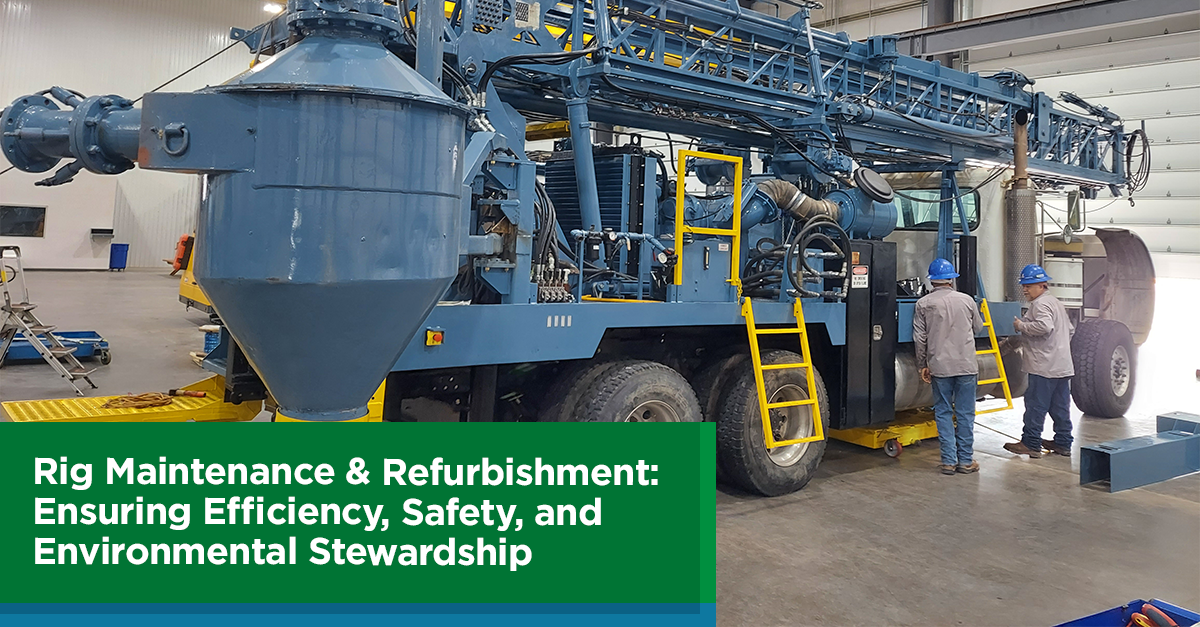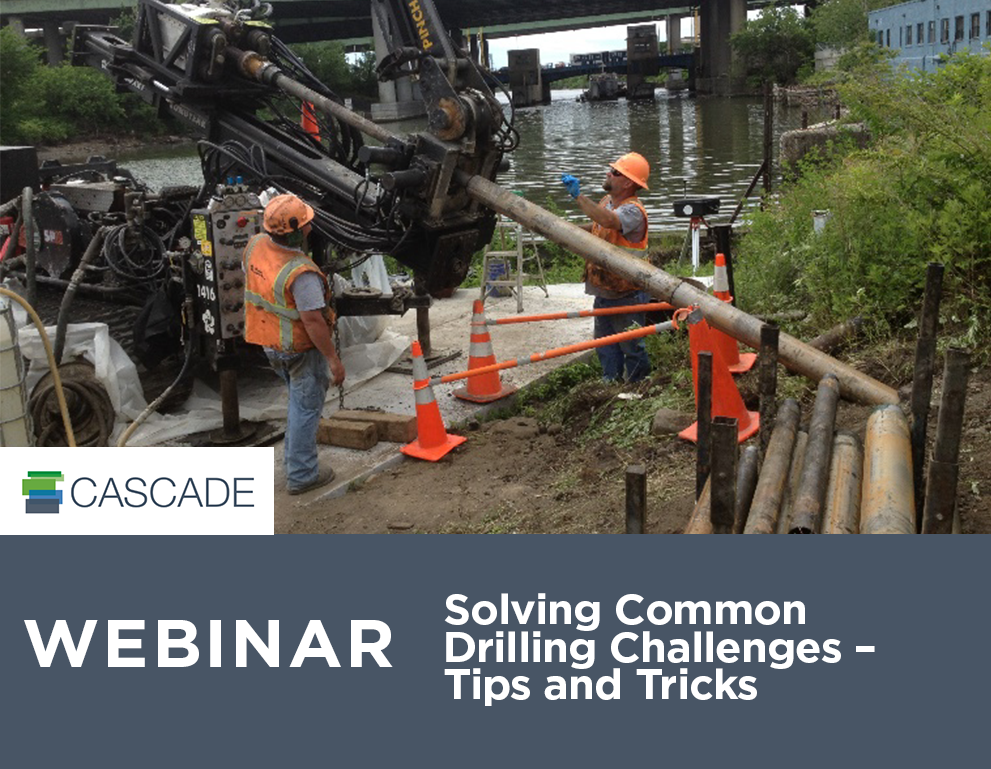10 Articles to Help You Understand, Plan and Manage Projects Better
By: Cascade EnvironmentalIf you’re part of the 40% of Americans who make New Year’s resolutions, one of your goals may be to expand your industry knowledge and invest in your career. Lucky for you, that can be an easy win.
We’ve rounded up the most-read how-to articles covering topics like proving to your client they need HRSC, optimizing your remediation project, and guidance for writing effective RFPs and RFQs. Consider this your cheat sheet to checking off at least one resolution in the new year.
How to Write Your RFQs to Get More Accurate Sonic Drilling Quotes
Even though it’s tempting to use a generic request for quote (RFQ), the time you save up front will be wasted on answering follow-up questions from your drilling contractors, or worse, correcting misunderstandings on the job site. The best way to save yourself headaches, time and money is to invest in building a detailed RFQ. In this article, Regional Estimator Bill Armstrong explains all the details contractors need to give you their most accurate quotes.
How to Optimize Injection Performance and Distribution Through Manifolding Multiple Injection Locations
We know distribution of in situ amendments is critical in achieving contact with contaminants. We’re reducing injection flow rates and related pressures to avoid fracturing target intervals, and we’re increasing injection volumes to lessen our reliance on advective distribution. Although these measures are the correct way to handle injection projects, they do increase costs. In this article, VP of Technology Eliot Cooper explains how manifolding multiple injection points can bring some of those costs down while optimizing injection performance.
How to Prove HRSC is the Best Investigation Approach for Your Project
The main objection to using high resolution site characterization (HRSC) is almost always its cost. HRSC isn’t just a way to spend money, though—it’s part of a strategic project plan that can optimize your overall performance. In this blog post, Director of Site Characterization Jason Flattery explains how you can make your case for using HRSC on your next project.
How to Develop a Remediation Strategy for Dark Matter
Low permeability zones are often under-sampled on project sites, which leads to critical gaps in the data about contaminant mass. If these zones are charged by diffusion processes, they may have accumulated significant mass that is, practically speaking, invisible—dark matter that can affect the outcome of traditional remediation approaches. In this article, Eliot Cooper explains how to develop a remedial strategy that accounts for dark matter.
RFP 101: How to Build an Effective Request for Proposal
One of the most overlooked and undervalued components of project success is the request for proposal (RFP). Vaguely worded RFPs invite mistakes and misunderstandings, while overly restrictive RFPs limit the creativity and innovation you may need from your vendors. In this blog post, Eliot Cooper explains how to hit that perfect balance in your remediation RFPs.
How to Apply the Return on Remediation Investment Approach to Complex Chlorinated Solvent Sites (Part 1 and Part 2)
The return on remediation investment (RORI) approach is a way of evaluating the life cycle cost of a project. It includes the cost of site characterization, remediation, transition assessment, and long-term management of the site. In this two-part blog post, Eliot Cooper explains how to apply this approach to complex sites involving chlorinated solvents.
How to Procure Direct Push Injection Services to Ensure Success
The most made mistake in RFPs for injection services is failing to provide the level of specificity contractors need. The lack of detail can cause misunderstandings that impact injection pricing and schedule, jeopardizing the overall project budget and timeline. Here, Eliot Cooper explains what you need to include in your next RFP.
How to Recognize and Prevent Heat-Related Illness
Many of us in the environmental services industry are regularly on project sites, which requires that we understand the inherent risks that presents. During the summer months, that means knowing how to prevent heat-related illness, how to recognize it, and what to do if you or someone on site is experiencing it. Environmental Health & Safety Director Brook King explains all of that and more in this article.
How to Choose the Right Thermal Technology
Once you know a thermal remedy is right for your site, how do you know which thermal technology to select? This is a question the TerraTherm team hears a lot, so they broke it down in a webinar (you can watch it here). But since there’s always more to learn, webinar attendees had additional questions, which were addressed by the presenter in this article.
How to Stop Wasting Money on Characterization Programs
It’s easy in hindsight to see where we could have done better on a project, but it’s much harder to see those opportunities in the moment. That’s why it’s so important to follow the three-step process Jason Flattery outlines in this article—it ensures you ask the right questions at the right time, preventing wasted time, money and hassle.
Starting the New Year with new practical knowledge is always a good thing—but it’s even better if you can share it. Email this to a colleague >>












